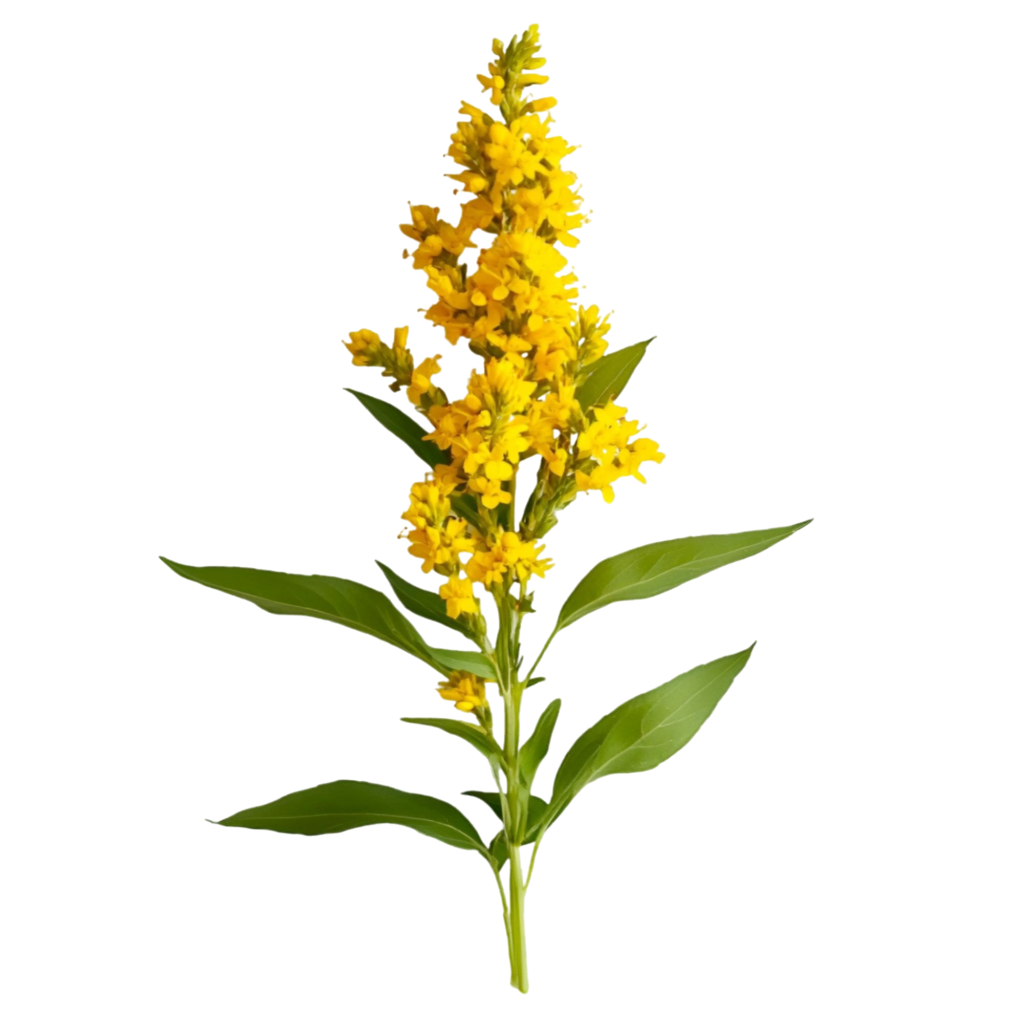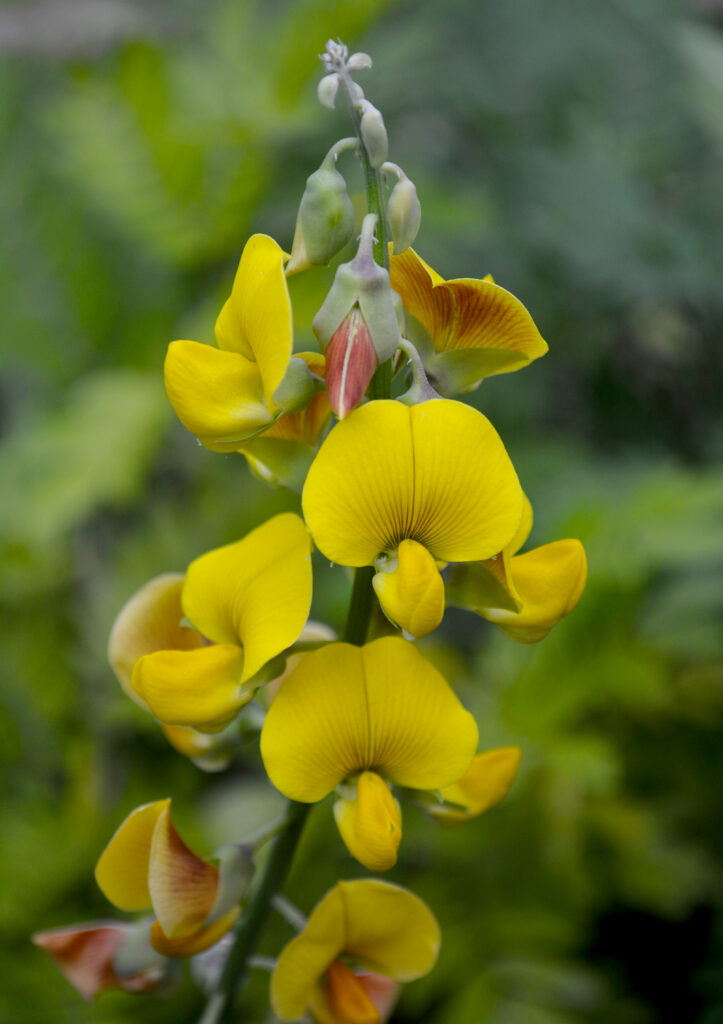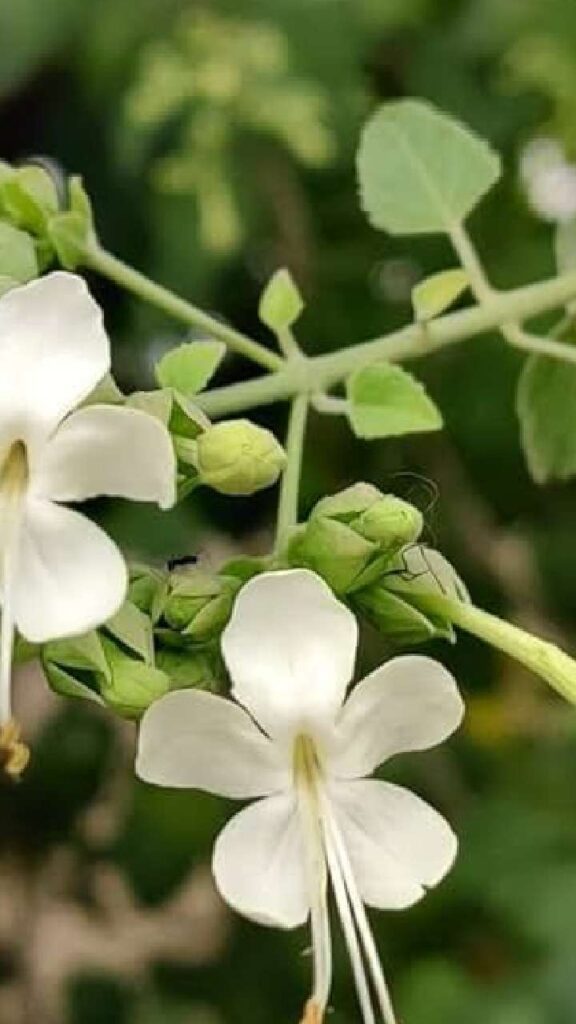AGNIMANTHA
Home
About-Ayurveda
AGNIMANTHA

BOTANICAL NAME
PREMNA MUCRONATA.

FAMILY
VERBENACEAE

SANSKRIT NAME
Agnimath, Jay, and Sriparna.

ENGLISH
Headache Tree.

HINDI
Arni, Ganiyar, Bharkhar.

KANNADA
Agnimantha.

MALAYALAM
Mujna, Kattappa.

TELUGU
Kondamanga, Takli, Nelli, Pedda nelli kura, Konda manga.

TAMIL
Minni, Pachumallai, Munnai, Erumaimunnai, and Celumalaron.

MARATHI
Eran, Takli.
DISTRIBUTION

Available in Northern India widely.
Parts Used
LEAF, ROOT.
DOSE
Churna 1 to 3 gm, Juice 10 to 20 ml, Kwath 50 to 100 ml.
CHEMICAL CONSTITUENTS
Agnimnatha extracts do contain Ceryl alcohol, Clerodin, Clerosterol, Cerotic acids,
Clerodendrin, D-mannitol, Hispidulin, Palmitic, Luteolin, Apigenin, Pectolinarigenin.

AYURVEDIC PROPERTIES
QUALITY (GUNA)
Ruksha, Laghu.
TASTE (RASA)
Tiktha, Katu, Kashy, Madhura..
METABOLISM (VIPAKA)
Katu.
POTENCY (VIRYA)
Ushna
IMPACT (PRABHAVA)
Raktabhar shamaka.
PHARMACOLOGICAL ACTION:
Hypoglycaemic property of Agnimantha extracts is helpful for controlling diabetes.
Anthelmintic property of Agnimnatha is helpful to prevent worm infestation.
It is found effective in reducing edema.
THERAPEUTIC USES
- Agnimantha is effective in Hypertension.
- Abdominal disorders.
- Skin diseases.
- Pacifies vitiated vata and Kapha.
- Nervine pain.
- Arthritis.
- Indigestion.
- Constipation.
- Rhinitis.
- Fever.
- Hemorrhoids.
- Tumors.
- Used in iron deficiencies.
